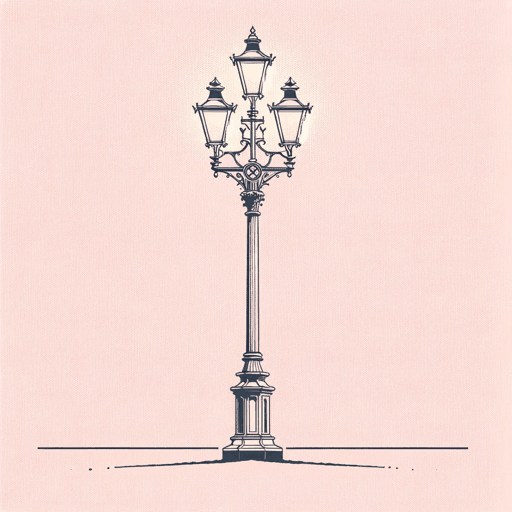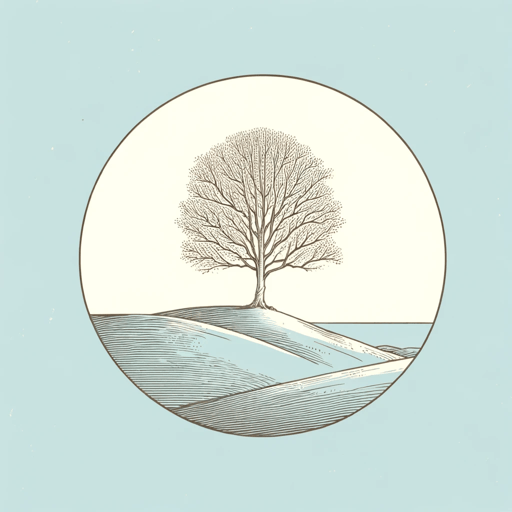25 pages • 50 minutes read
Matthew ArnoldStanzas from the Grande Chartreuse
Fiction | Poem | Adult | Published in 1855A modern alternative to SparkNotes and CliffsNotes, SuperSummary offers high-quality Study Guides with detailed chapter summaries and analysis of major themes, characters, and more.
Themes
Exploring the Divided Self
Though Arnold is sometimes counted among the last of the great Victorian poets, in many of his themes he is ahead of his time and prefigures modernity. Chief among these prescient themes is Arnold’s frank exploration of the self. His poems capture his sense of anxiety with a directness which is distinctly modern and would go on to influence poets from T.S. Eliot to Sylvia Plath. In “Stanzas from the Grande Chartreuse,” the speaker’s awareness of self enters the text abruptly with the lines “And what am I, that I am here?” (Line 66). Up to this point, the outer landscape reflected the speaker’s inner turmoil; now, he addresses his inner confusion directly. It is notable that the poem’s first reference to the first-person “I” is a self-directed question. Thus, the poet immediately establishes that whatever the self (or “I”) might be, it is still unknown, divided, and indeterminate. Moreover, the poet makes clear that he will examine this “I” with the same scrutiny he has shown the monks, their library, and their garden. The subsequent admission that “rigorous teachers seized my youth, / And purged its faith, and trimm'd its fire,/ Show'd me the high, white star of Truth” (Lines 67-69) bursts out of the speaker with the power of a confession, as if he were revealing a long-suppressed secret.
Related Titles
By Matthew Arnold




